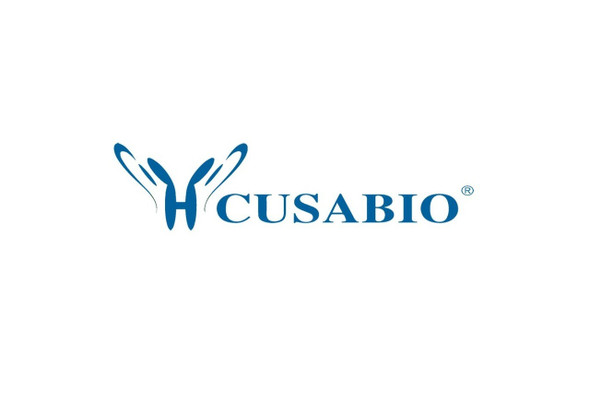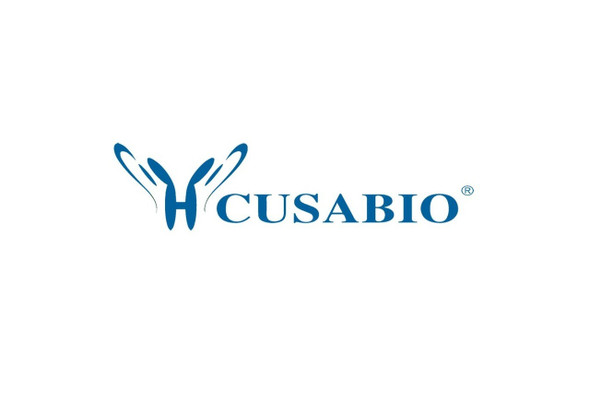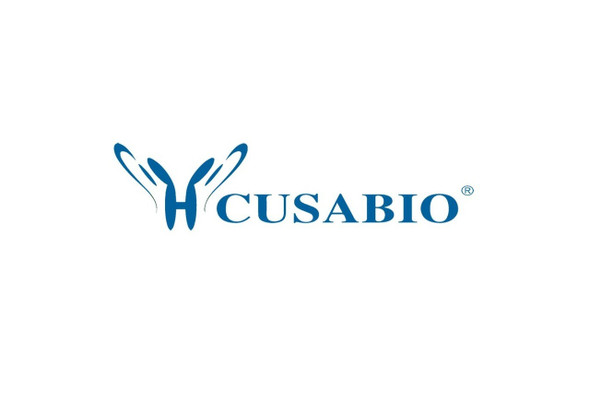Cusabio Human Recombinants
Recombinant Human NADPH oxidase 4 (NOX4) | CSB-CF015961HU
- SKU:
- CSB-CF015961HU
- Availability:
- 3 - 7 Working Days
Description
Recombinant Human NADPH oxidase 4 (NOX4) | CSB-CF015961HU | Cusabio
Alternative Name(s): Kidney oxidase-1 (KOX-1) (Kidney superoxide-producing NADPH oxidase) (Renal NAD(P)H-oxidase) (RENOX)
Gene Names: NOX4
Research Areas: Cardiovascular
Organism: Homo sapiens (Human)
AA Sequence: MAVSWRSWLANEGVKHLCLFIWLSMNVLLFWKTFLLYNQGPEYHYLHQMLGLGLCLSRASASVLNLNCSLILLPMCRTLLAYLRGSQKVPSRRTRRLLDKSRTFHITCGVTICIFSGVHVAAHLVNALNFSVNYSEDFVELNAARYRDEDPRKLLFTTVPGLTGVCMVVVLFLMITASTYAIRVSNYDIFWYTHNLFFVFYMLLTLHVSGGLLKYQTNLDTHPPGCISLNRTSSQNISLPEYFSEHFHEPFPEGFSKPAEFTQHKFVKICMEEPRFQANFPQTWLWISGPLCLYCAERLYRYIRSNKPVTIISVMSHPSDVMEIRMVKENFKARPGQYITLHCPSVSALENHPFTLTMCPTETKATFGVHLKIVGDWTERFRDLLLPPSSQDSEILPFIQSRNYPKLYIDGPFGSPFEESLNYEVSLCVAGGIGVTPFASILNTLLDDWKPYKLRRLYFIWVCRDIQSFRWFADLLCMLHNKFWQENRPDYVNIQLYLSQTDGIQKIIGEKYHALNSRLFIGRPRWKLLFDEIAKYNRGKTVGVFCCGPNSLSKTLHKLSNQNNSYGTRFEYNKESFS
Source: in vitro E.coli expression system
Tag Info: N-terminal 10xHis-tagged
Expression Region: 1-578aa
Sequence Info: Full Length
MW: 69.8 kDa
Purity: Greater than 85% as determined by SDS-PAGE.
Relevance: Constitutive NADPH oxidase which generates superoxide intracellularly upon formation of a complex with CYBA/p22phox. Regulates signaling cascades probably through phosphatases inhibition. May function as an oxygen sensor regulating the KCNK3/TASK-1 potassium channel and HIF1A activity. May regulate insulin signaling cascade. May play a role in apoptosis, bone resorption and lipolysaccharide-mediated activation of NFKB. May produce superoxide in the nucleus and play a role in regulating gene expression upon cell stimulation. Isoform 3 is not functional. Isoform 5 and isoform 6 display reduced activity.Isoform 4: Involved in redox signaling in vascular cells. Constitutively and NADPH-dependently generates reactive oxygen species. Modulates the nuclear activation of ERK1/2 and the ELK1 transcription factor, and is capable of inducing nuclear DNA damage. Displays an increased activity relative to isoform 1.
Reference: "NADPH oxidase-dependent acid production in airway epithelial cells." Schwarzer C., Machen T.E., Illek B., Fischer H. J. Biol. Chem. 279:36454-36461(2004)
Storage: The shelf life is related to many factors, storage state, buffer ingredients, storage temperature and the stability of the protein itself. Generally, the shelf life of liquid form is 6 months at -20?/-80?. The shelf life of lyophilized form is 12 months at -20?/-80?.
Notes: Repeated freezing and thawing is not recommended. Store working aliquots at 4? for up to one week.
Function:
Involvement in disease:
Subcellular Location:
Protein Families:
Tissue Specificity:
Paythway:
Form: Liquid or Lyophilized powder
Buffer: If the delivery form is liquid, the default storage buffer is Tris/PBS-based buffer, 5%-50% glycerol. If the delivery form is lyophilized powder, the buffer before lyophilization is Tris/PBS-based buffer, 6% Trehalose, pH 8.0.
Reconstitution: We recommend that this vial be briefly centrifuged prior to opening to bring the contents to the bottom. Please reconstitute protein in deionized sterile water to a concentration of 0.1-1.0 mg/mL.We recommend to add 5-50% of glycerol (final concentration) and aliquot for long-term storage at -20?/-80?. Our default final concentration of glycerol is 50%. Customers could use it as reference.
Uniprot ID: Q9NPH5
HGNC Database Link: N/A
UniGene Database Link: N/A
KEGG Database Link: N/A
STRING Database Link: N/A
OMIM Database Link: N/A







